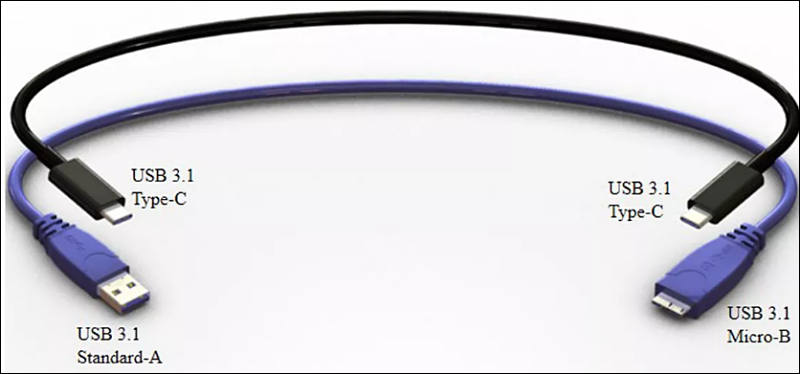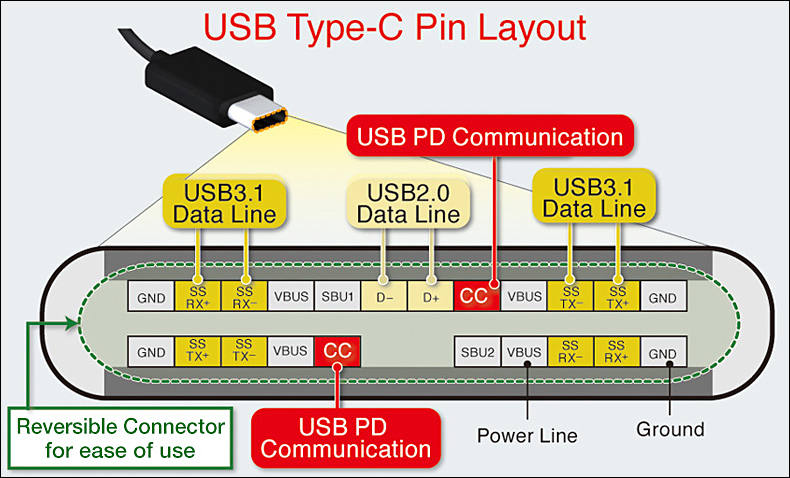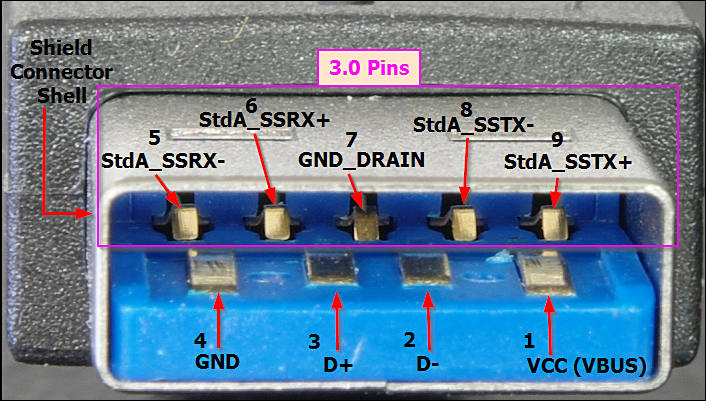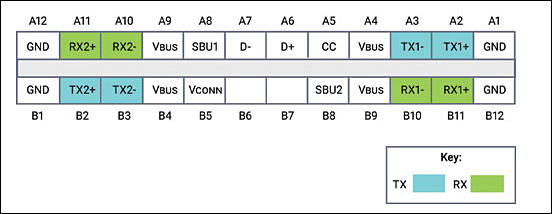
It allows to keep PV going, with more focus towards AI, but keeping be one of the few truly independent places.
-
Industry is so eager to push new things that lot of articles and claims are just lies

Real authors of USB-C is the smartphone manufacturers, who wanted reversible port like Apple have and also wanted USB 3.0 speeds without bulky long and prone to breakup USB 3.0 micro port (it is really awful).
Yet, USB-C port is expensive and fragile for industry outside small gadgets. Yet media, especially ASMedia :-), want you to believe that you really need USB-C for fast 10Gbit transfers, it is not so.

In reality in each orientation only two pairs are used (one RX and one TX).

As we can see at USB 3.0 Type A connector pinout - it also has same lines for USB signals (hence Gen 2 motherboards and adapter using them).

Now to USB 3.2 20Gb mode (aka 2×2)
USB 3.2 takes advantage of the four differential SuperSpeed/SuperSpeedPlus pairs present in the USB Type-C connector, unlike USB 3.1 and USB 3.0, which used one or the other TX/RX lane pair, depending on Type-C connector orientation.
This will require to have USB-C port.
A USB 3.2 implementation achieves a 20Gbps raw data rate by lane striping and lane bonding (e.g., splitting and combining data) with two USB 3.1 (10G) lanes. USB 3.2 also supports 10Gbps by striping and bonding two USB 3.0 (5G) lanes. USB 3.2 supports USB Type-C features like Alternate Modes, Power Delivery, and Digital Audio.

The USB-IF is emphasizing the transition to Type-C by moving the USB cable and connector chapter to a separate document and renaming the standard-A, standard-B, and mini/micro connectors as legacy USB connectors.
All passive USB Type-C cables can be used for USB 3.2 GenXx2 connections since four SuperSpeed/SuperSpeedPlus differential pairs are mandatory per the USB Type-C specification. A passive cable designed for Gen2 (10G) is limited to approx. 1m length and can support the new 20G connection speed. Two- to three-meter passive cables designed for Gen1 (5G) can support the new 10G connection speed.

 sa6687.jpg800 x 374 - 33K
sa6687.jpg800 x 374 - 33K
 sa6686.jpg790 x 478 - 88K
sa6686.jpg790 x 478 - 88K
 sa6688.jpg706 x 401 - 79K
sa6688.jpg706 x 401 - 79K
 sa6689.jpg552 x 214 - 23K
sa6689.jpg552 x 214 - 23K
 sa6690.jpg800 x 181 - 29K
sa6690.jpg800 x 181 - 29K
Howdy, Stranger!
It looks like you're new here. If you want to get involved, click one of these buttons!
Categories
- Topics List23,992
- Blog5,725
- General and News1,354
- Hacks and Patches1,153
- ↳ Top Settings33
- ↳ Beginners256
- ↳ Archives402
- ↳ Hacks News and Development56
- Cameras2,367
- ↳ Panasonic995
- ↳ Canon118
- ↳ Sony156
- ↳ Nikon96
- ↳ Pentax and Samsung70
- ↳ Olympus and Fujifilm101
- ↳ Compacts and Camcorders300
- ↳ Smartphones for video97
- ↳ Pro Video Cameras191
- ↳ BlackMagic and other raw cameras116
- Skill1,960
- ↳ Business and distribution66
- ↳ Preparation, scripts and legal38
- ↳ Art149
- ↳ Import, Convert, Exporting291
- ↳ Editors191
- ↳ Effects and stunts115
- ↳ Color grading197
- ↳ Sound and Music280
- ↳ Lighting96
- ↳ Software and storage tips266
- Gear5,420
- ↳ Filters, Adapters, Matte boxes344
- ↳ Lenses1,582
- ↳ Follow focus and gears93
- ↳ Sound499
- ↳ Lighting gear314
- ↳ Camera movement230
- ↳ Gimbals and copters302
- ↳ Rigs and related stuff273
- ↳ Power solutions83
- ↳ Monitors and viewfinders340
- ↳ Tripods and fluid heads139
- ↳ Storage286
- ↳ Computers and studio gear560
- ↳ VR and 3D248
- Showcase1,859
- Marketplace2,834
- Offtopic1,320




